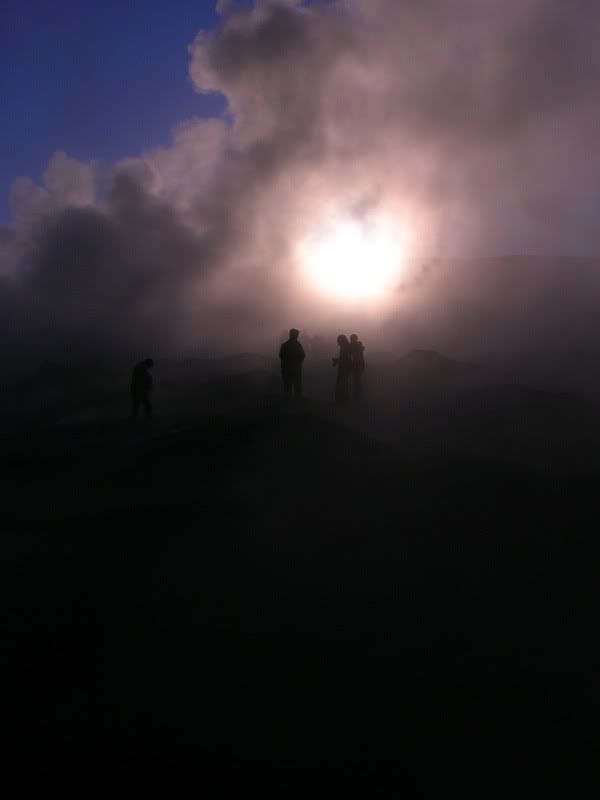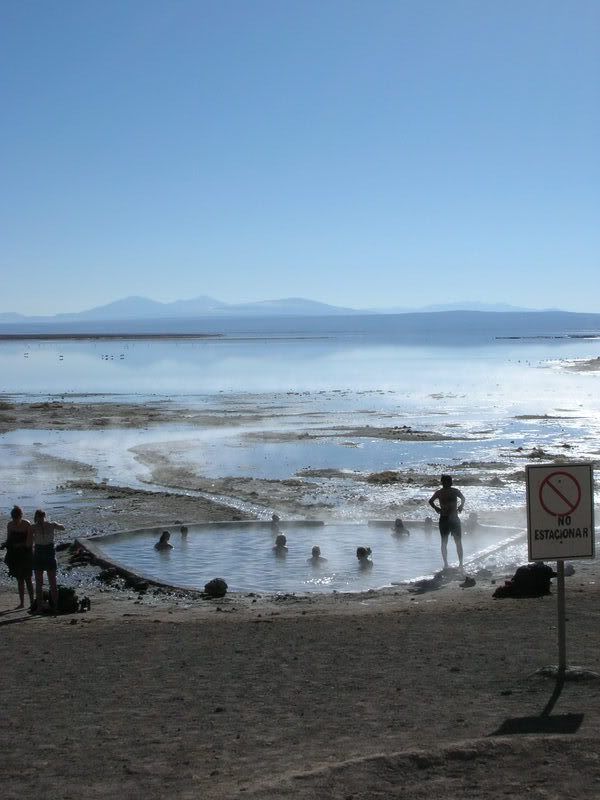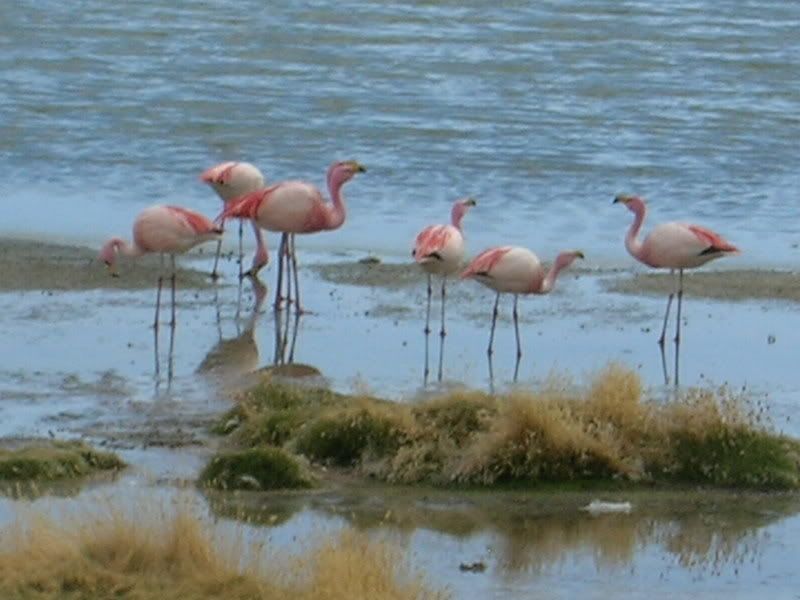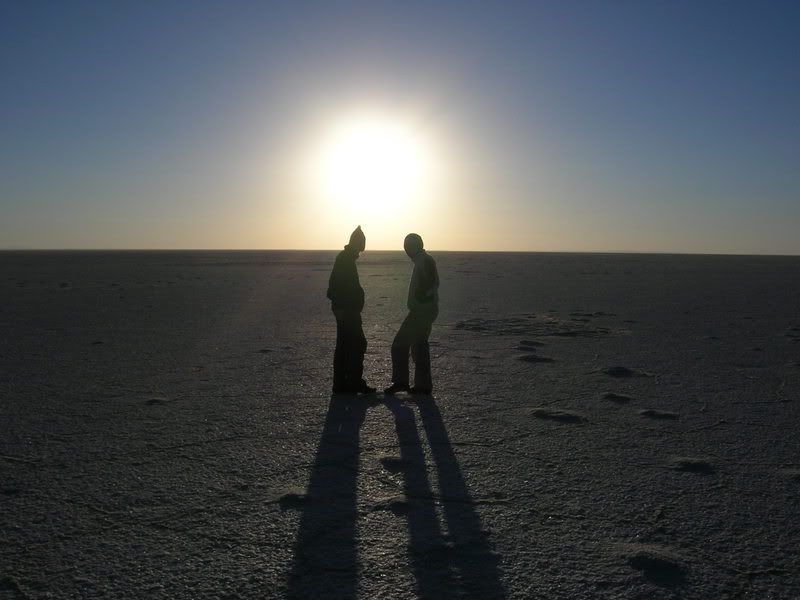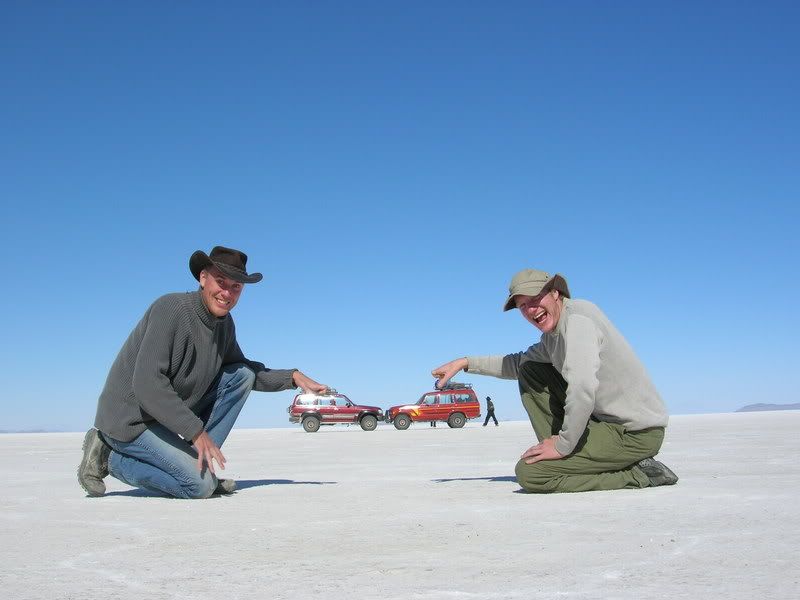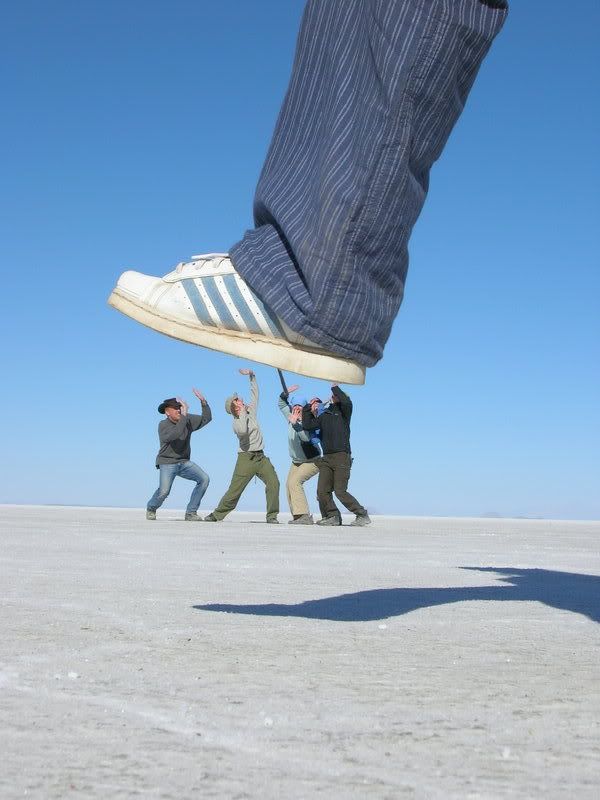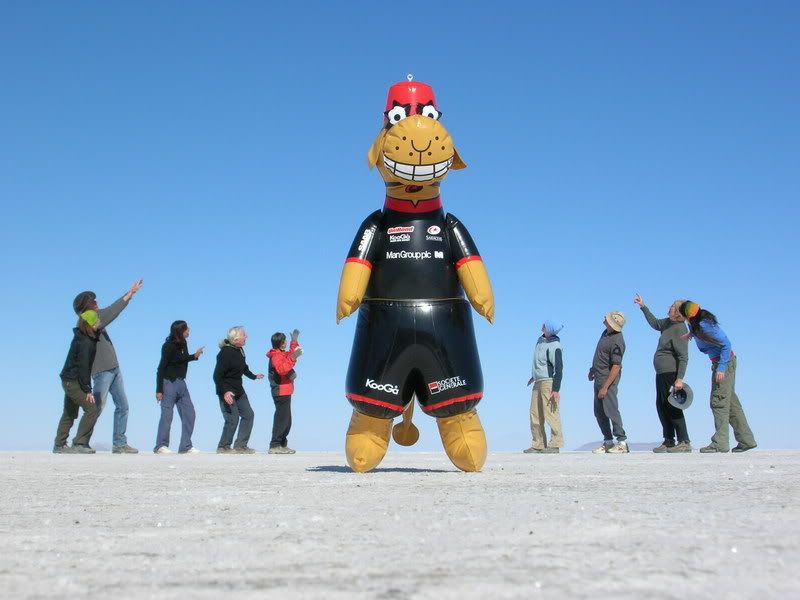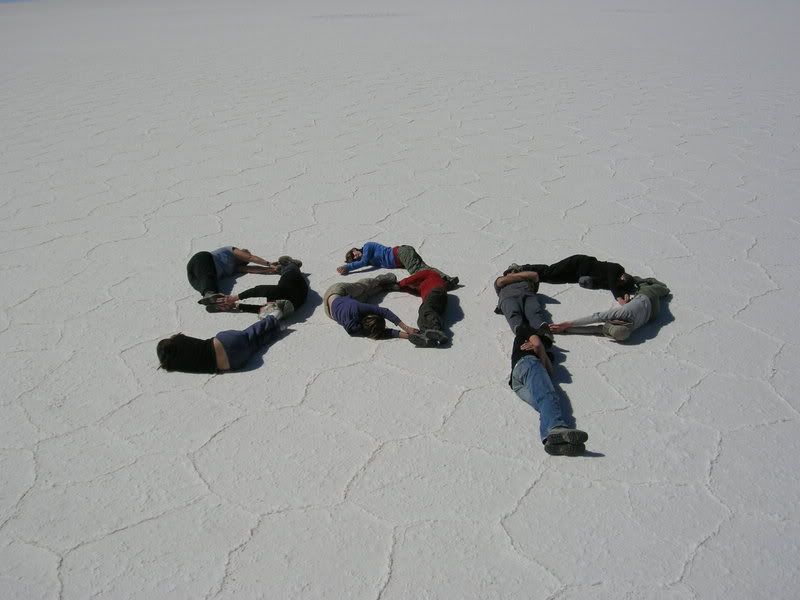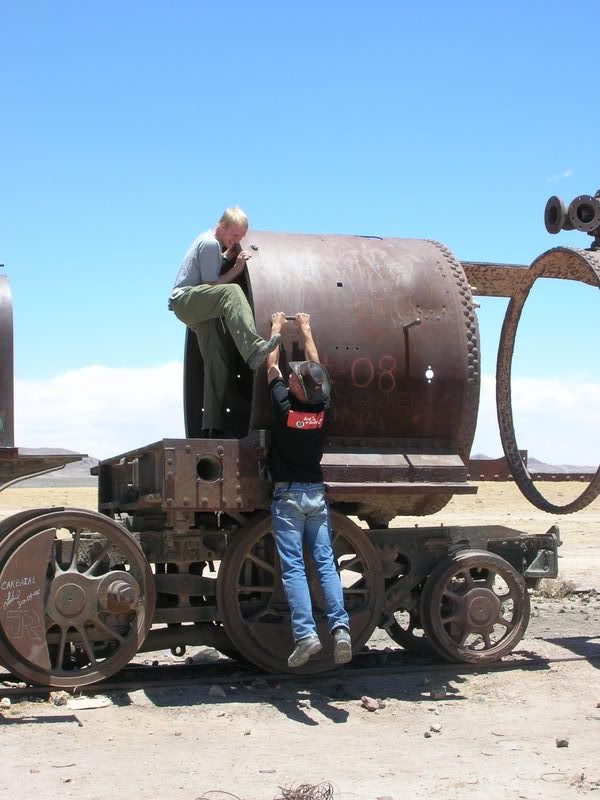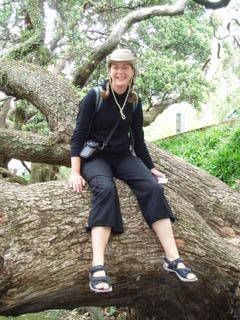The weather was bright but windy, and we sat at the back of the boat admiring the early morning sun. Sadly this is also where they sent the sea sick people, so as we progressed along, we were joined by more and more green faces.
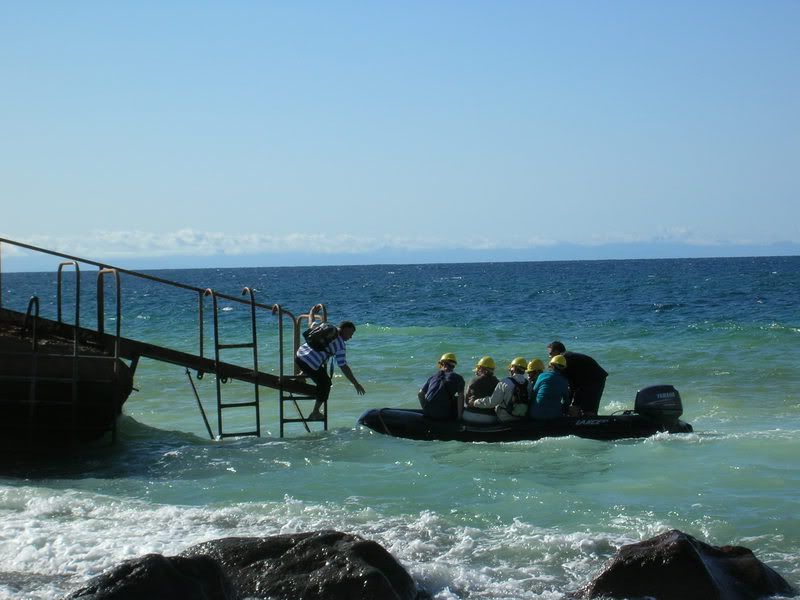 As we approached the island we were issued with hard hats, and gas masks, and instructed on what to do in the event of an eruption. Quite an uneasy feeling started to creep over me, when our guide said, "and don't forget to put on your gas masks, as if the falling rock doesn't get you the ash and fumes will!" - great!- thankfully these instructions were not needed
As we approached the island we were issued with hard hats, and gas masks, and instructed on what to do in the event of an eruption. Quite an uneasy feeling started to creep over me, when our guide said, "and don't forget to put on your gas masks, as if the falling rock doesn't get you the ash and fumes will!" - great!- thankfully these instructions were not neededWe had a 2 hour walking tour around the island, complete with steaming fumaroles, and a large crater lake, again pouring forth steam. The landscape is like something from Mars, and covered with pressure points - a thin crust seperating us from boiling bubbling mud pools.
Nature at it's wildest. 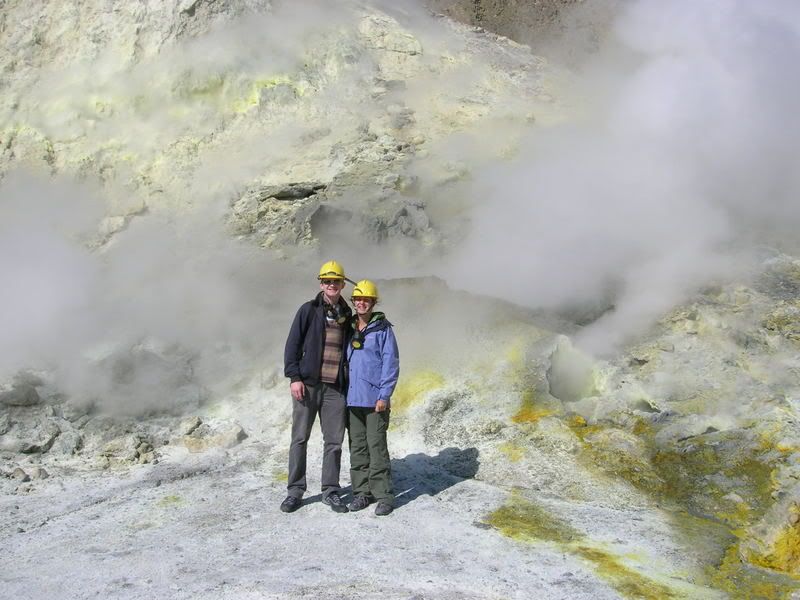
They used to mine the sulphur here, but a couple of eruptions soon put a stop to that, and the remains of the corroding factory are down by the waterfront. The guides here get through so many pairs of sunglasses, shoes and backpacks a year, as anything metal on them corrodes rapidly in the sulphurous air.
Back on the boat, we had lunch, and then back at Whakatane, we journeyed onwards, through Gisborne to Takamoru Bay (1 hour further north on the East Coast) where we would be spending New Year,

They used to mine the sulphur here, but a couple of eruptions soon put a stop to that, and the remains of the corroding factory are down by the waterfront. The guides here get through so many pairs of sunglasses, shoes and backpacks a year, as anything metal on them corrodes rapidly in the sulphurous air.
Back on the boat, we had lunch, and then back at Whakatane, we journeyed onwards, through Gisborne to Takamoru Bay (1 hour further north on the East Coast) where we would be spending New Year,
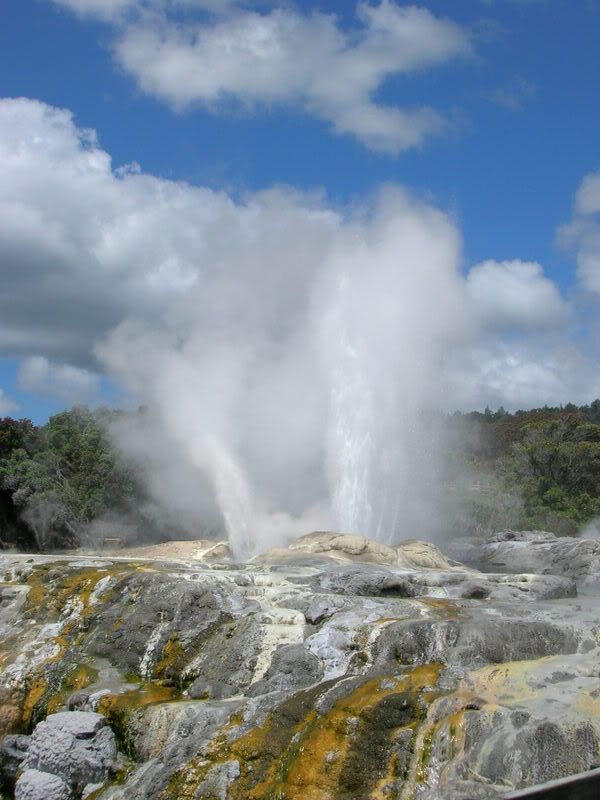
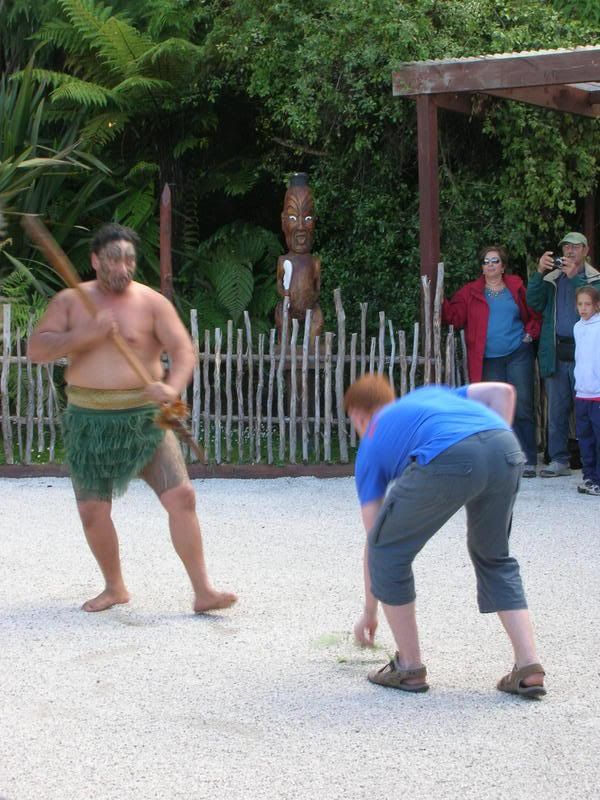
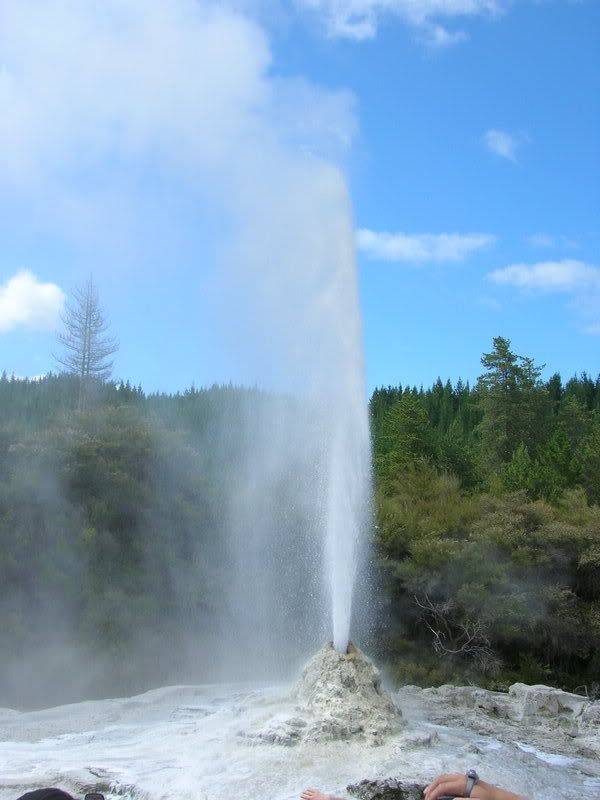
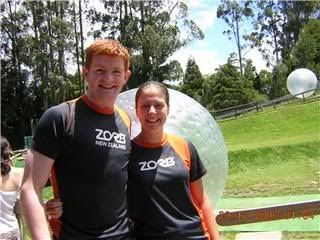
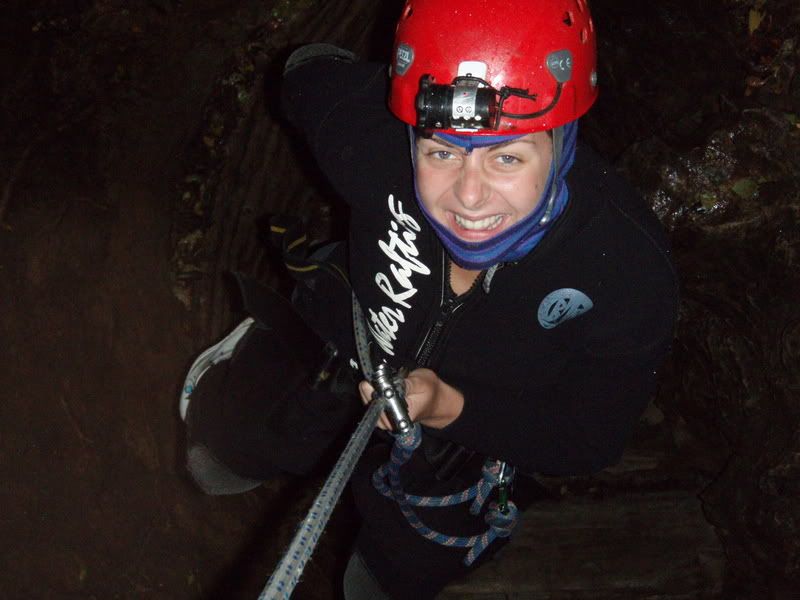
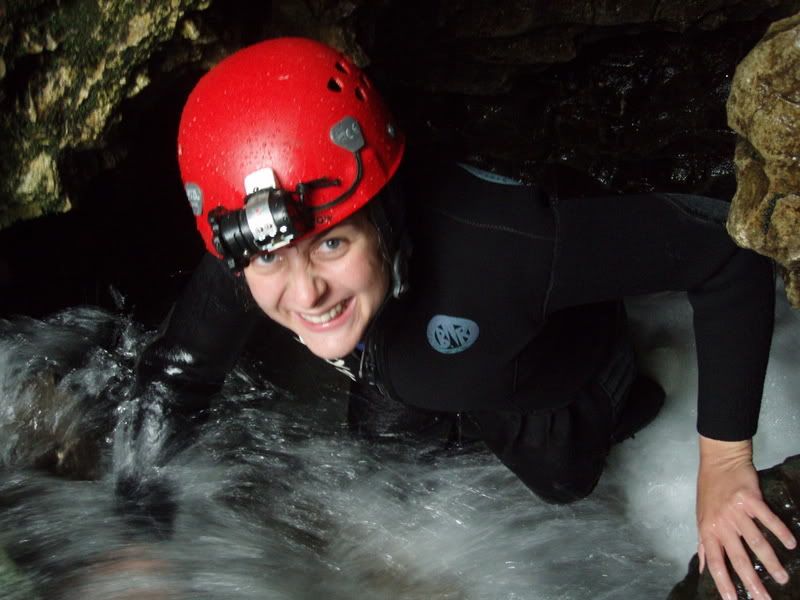
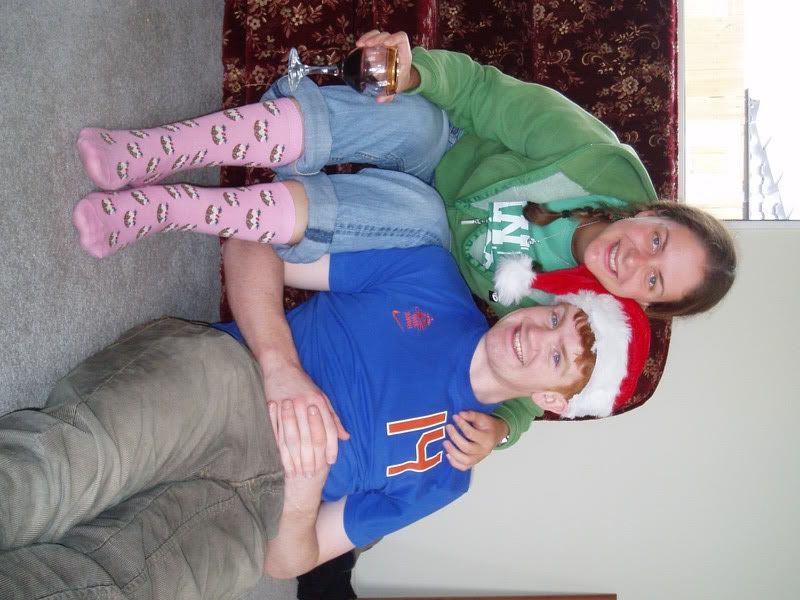
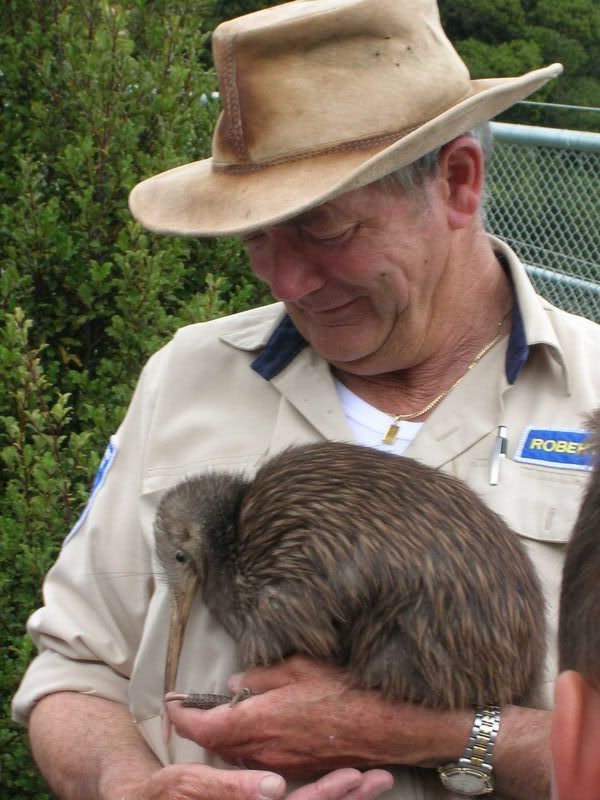
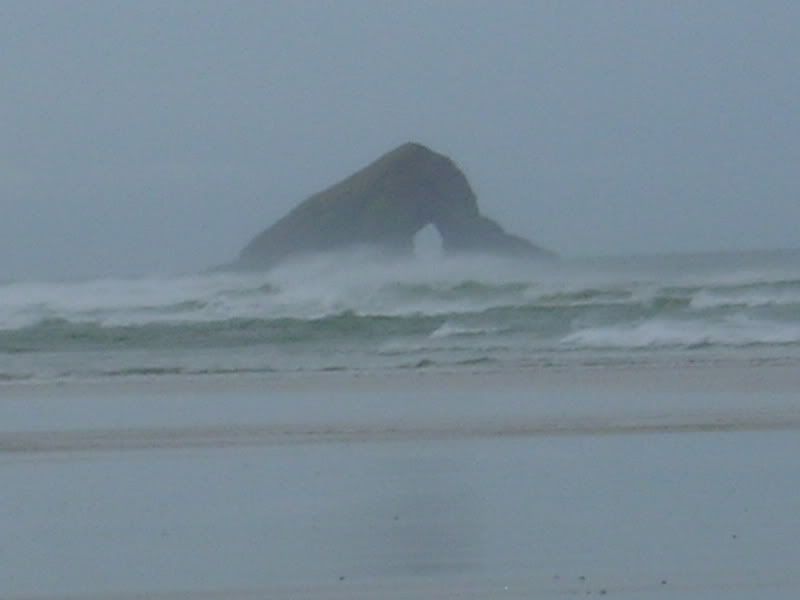
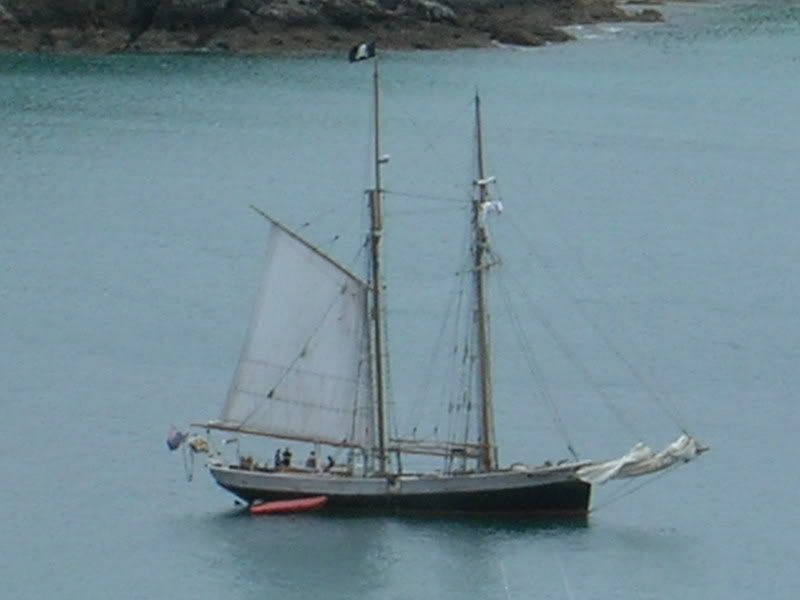
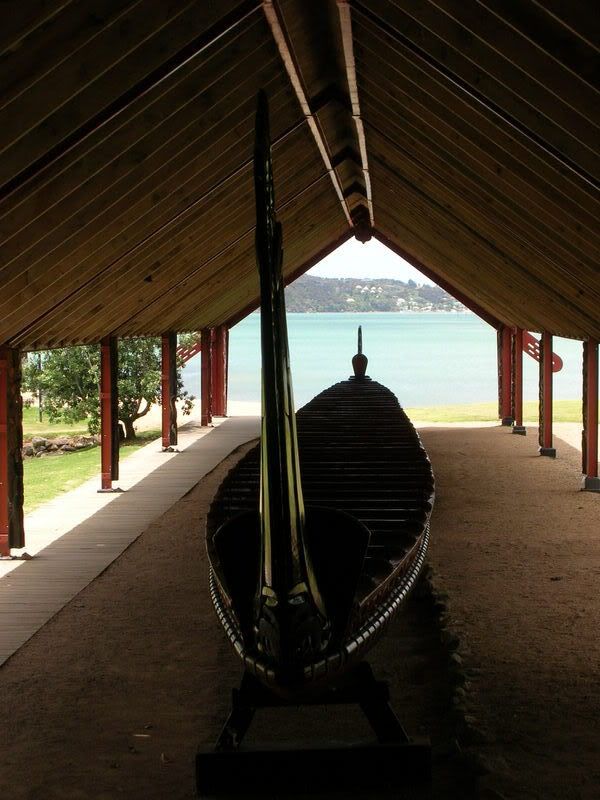 We had a fantastic tour with a Mauri guide, who gave us all the history. We saw the big Waka (canoe), and went into the meeting house or Maere. The Mauri culture is fascinating.
We had a fantastic tour with a Mauri guide, who gave us all the history. We saw the big Waka (canoe), and went into the meeting house or Maere. The Mauri culture is fascinating.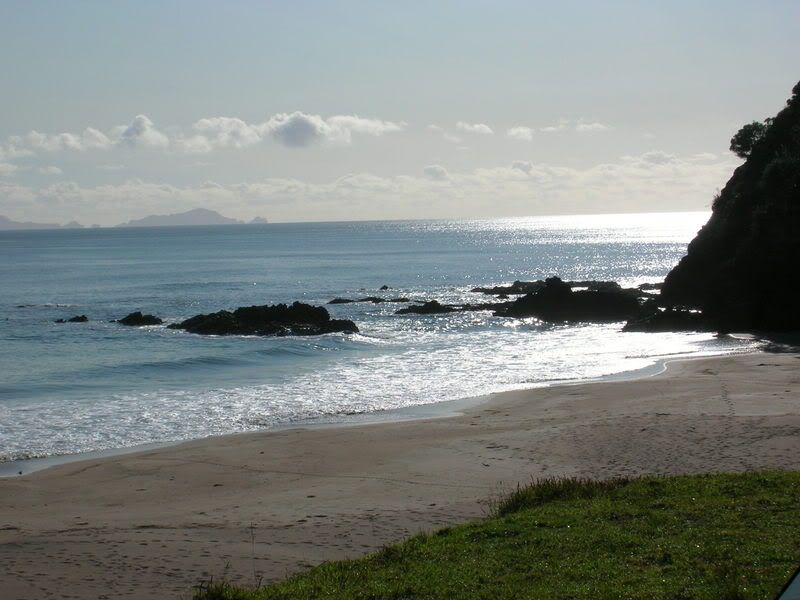
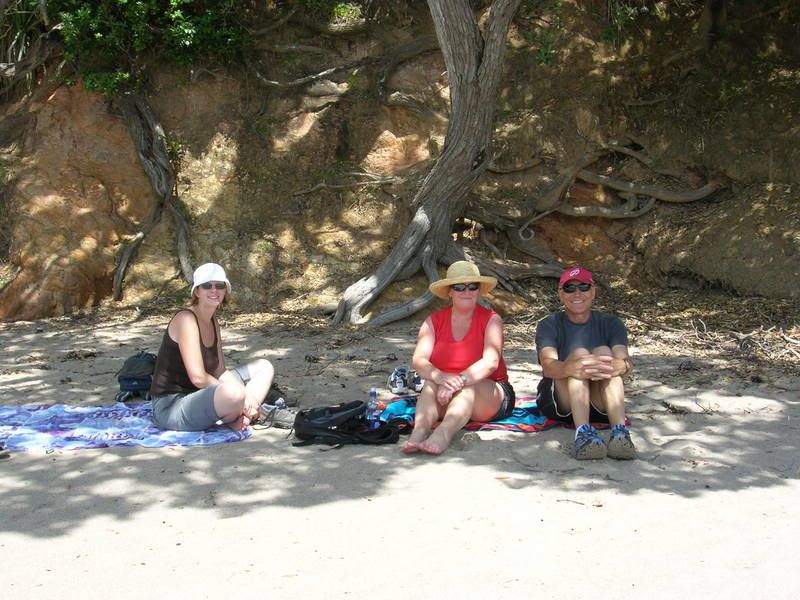
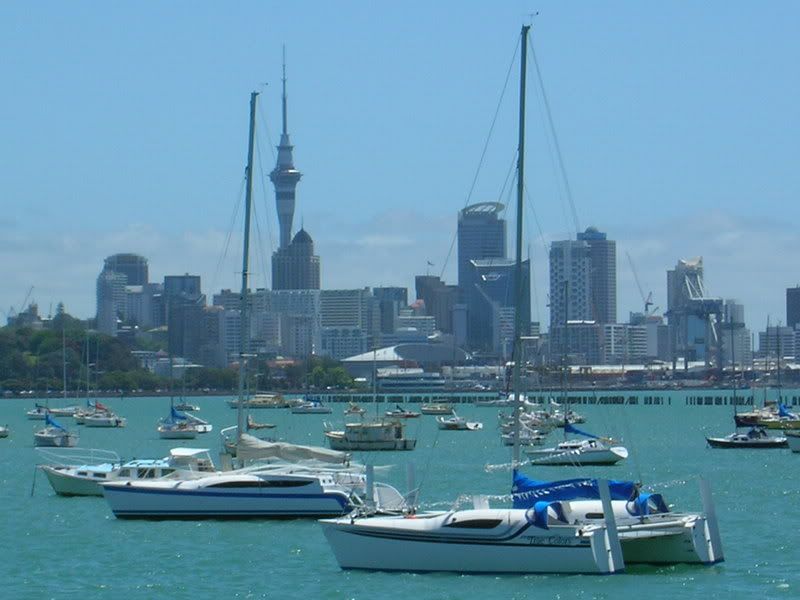
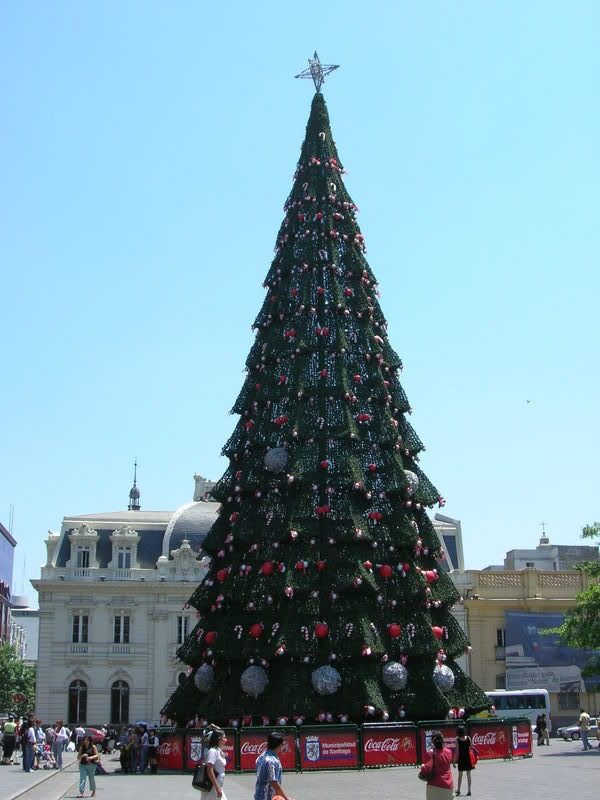
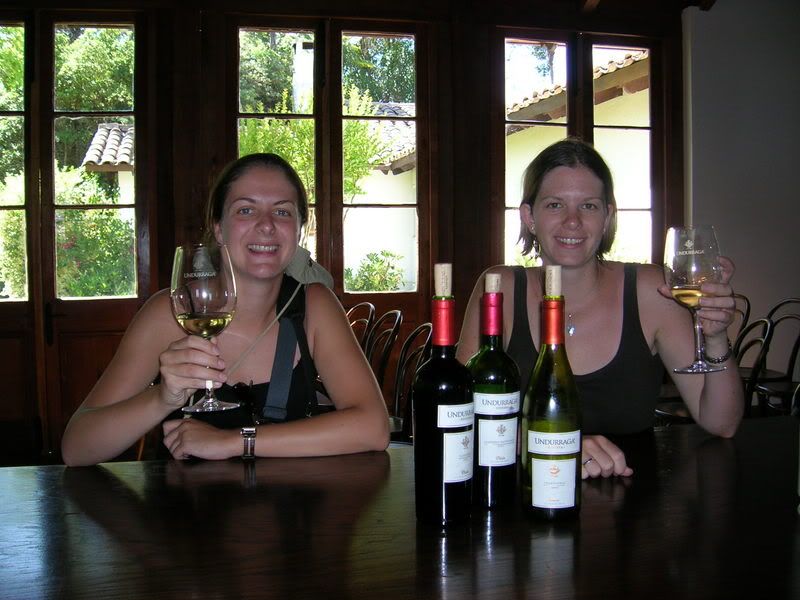 Needless to say, with the heat, long car trips and wine, I was pretty sleepy by the end of it all!
Needless to say, with the heat, long car trips and wine, I was pretty sleepy by the end of it all!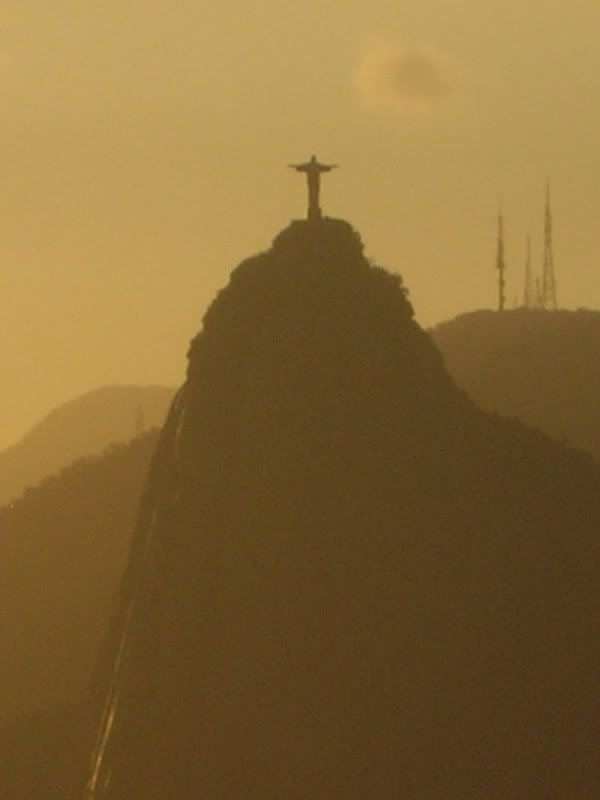
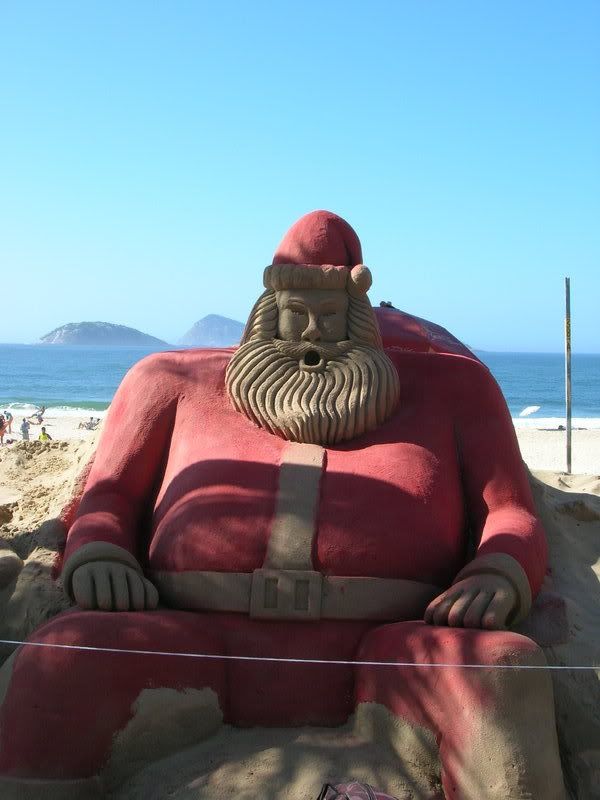
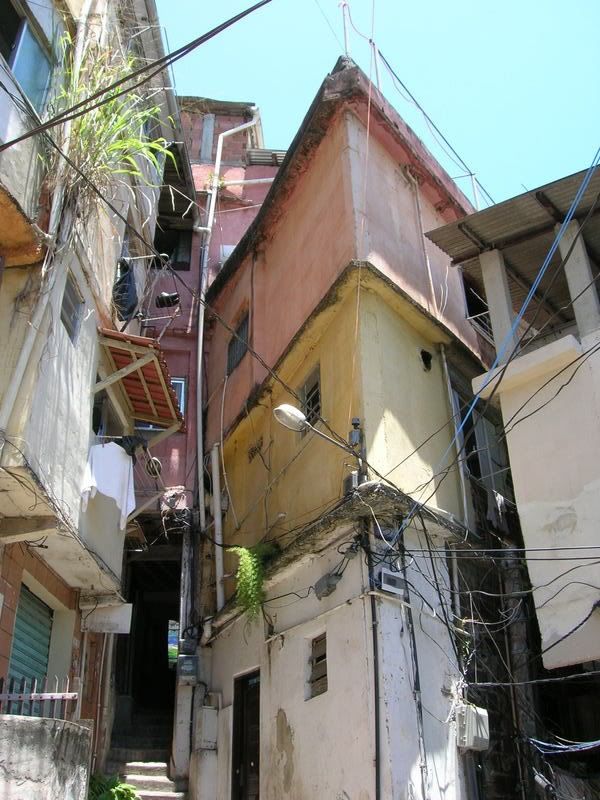
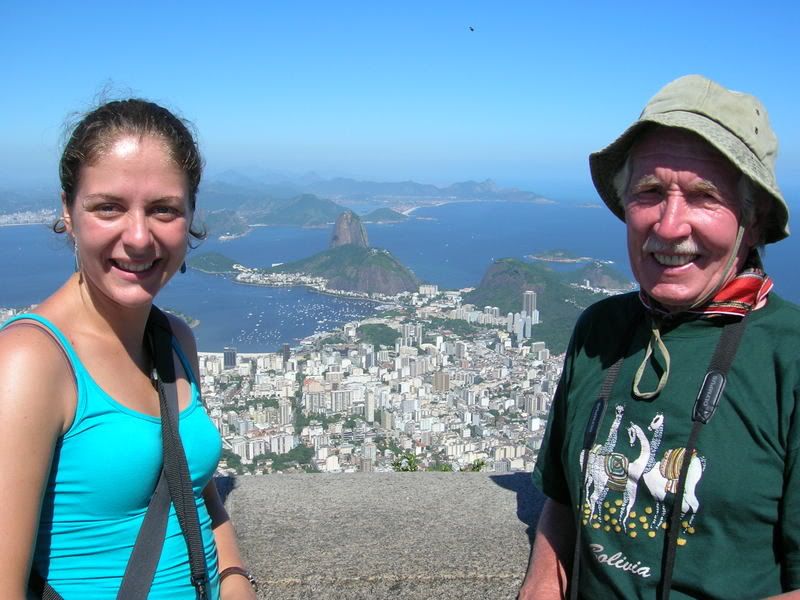
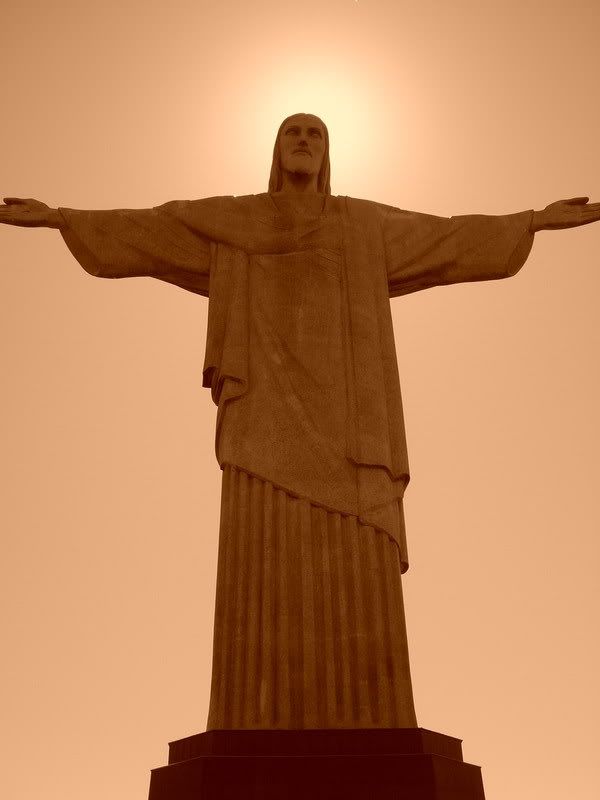
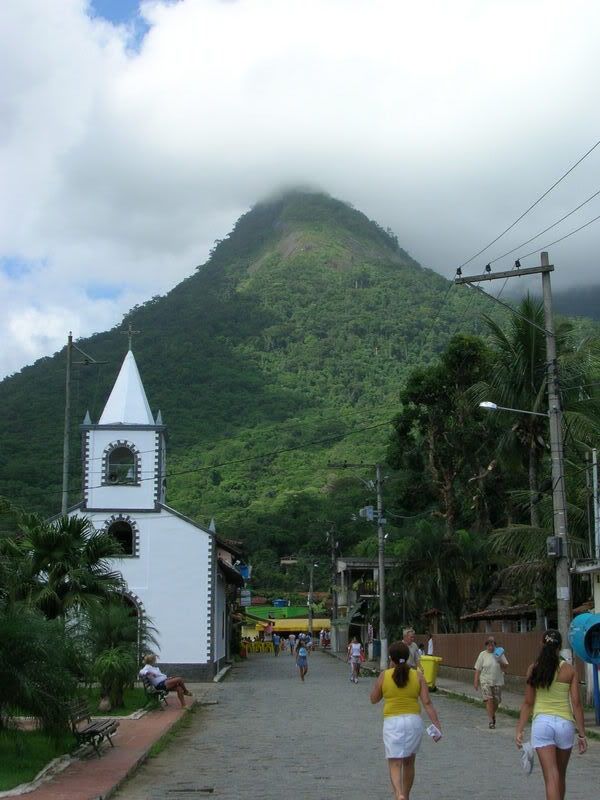
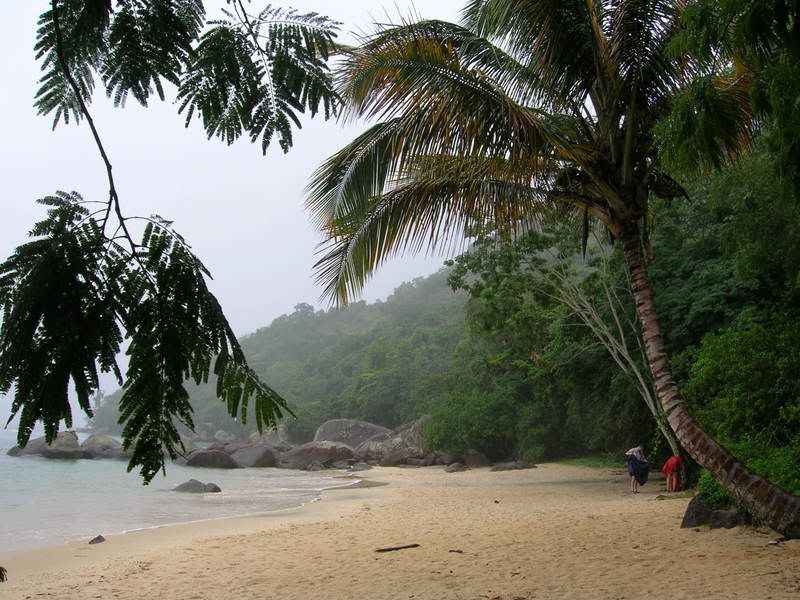
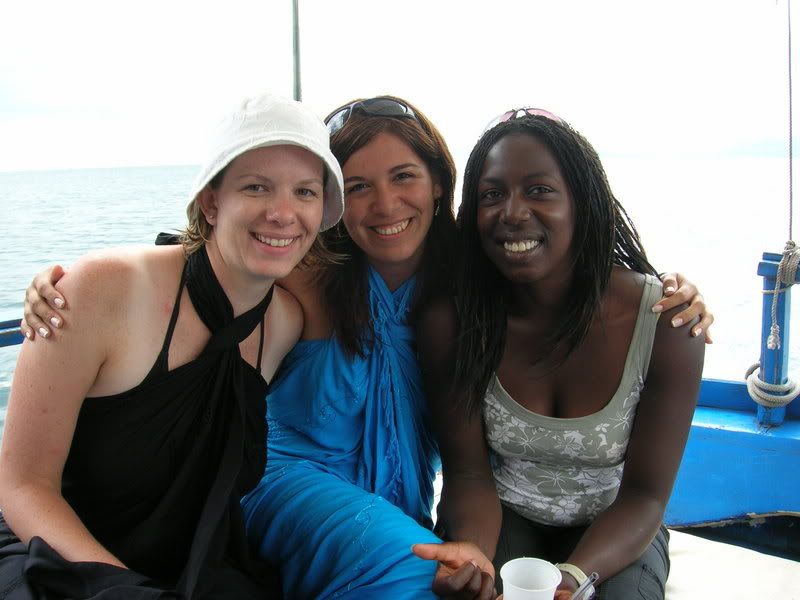 The next day the weather was better. Drizzly and overcast... but the sun came out later. We spent the day on a Caipirniha Cruise (a lethal cocktail), snorkling in clear sparkling waters, and singing on the way back to the Island. It 's the first of December. The thought of being in a bikini on the First of December is still a bit odd!
The next day the weather was better. Drizzly and overcast... but the sun came out later. We spent the day on a Caipirniha Cruise (a lethal cocktail), snorkling in clear sparkling waters, and singing on the way back to the Island. It 's the first of December. The thought of being in a bikini on the First of December is still a bit odd!
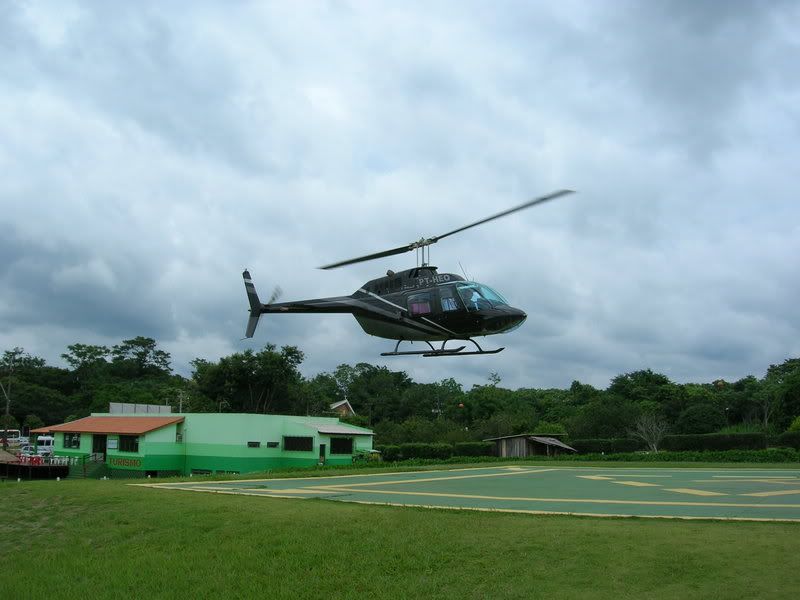
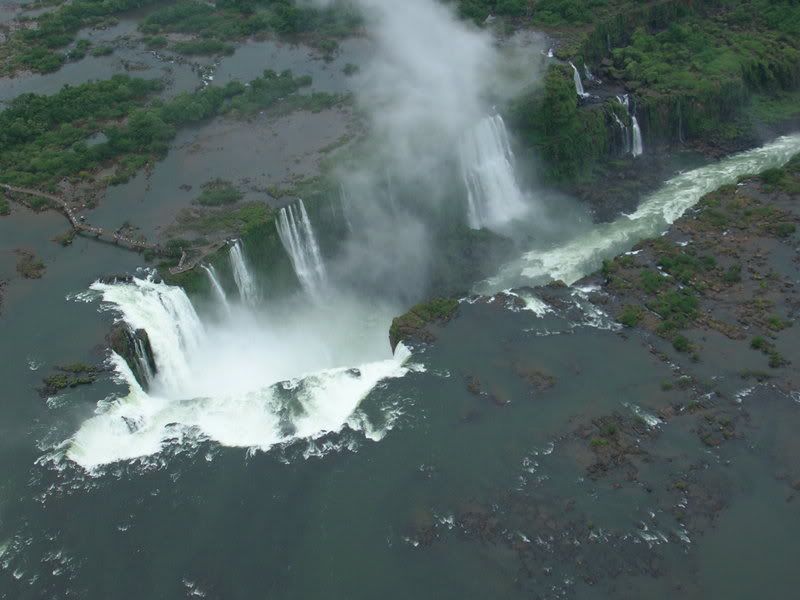
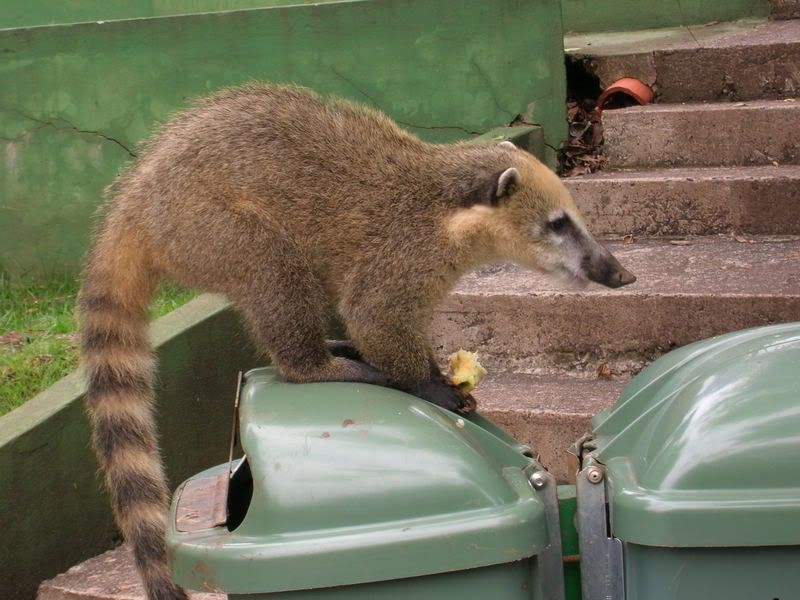
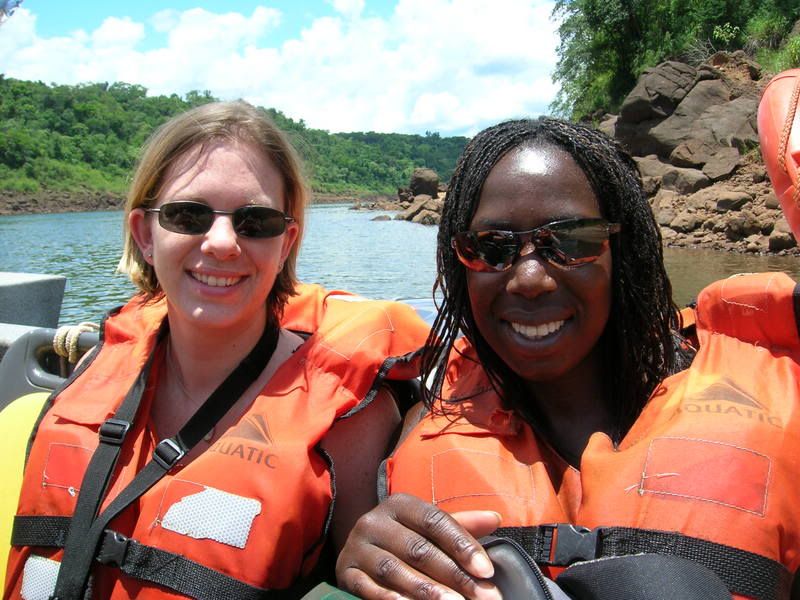
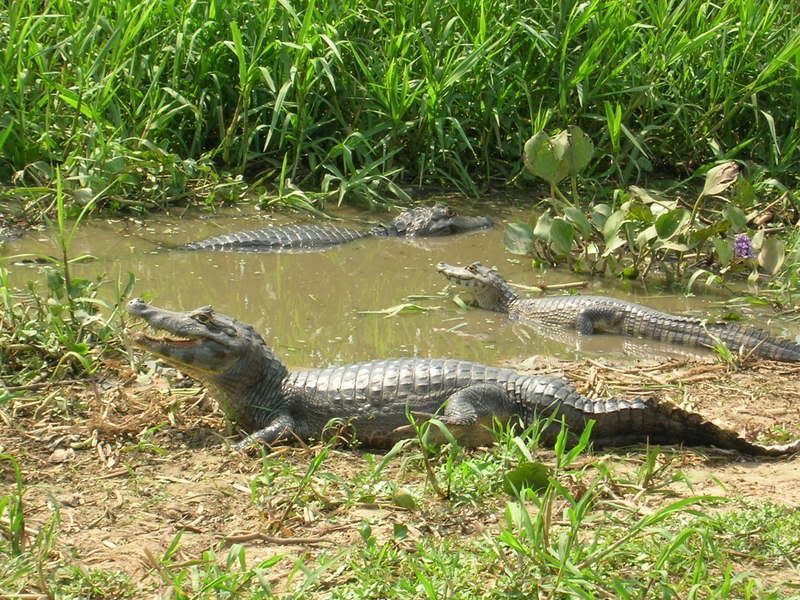
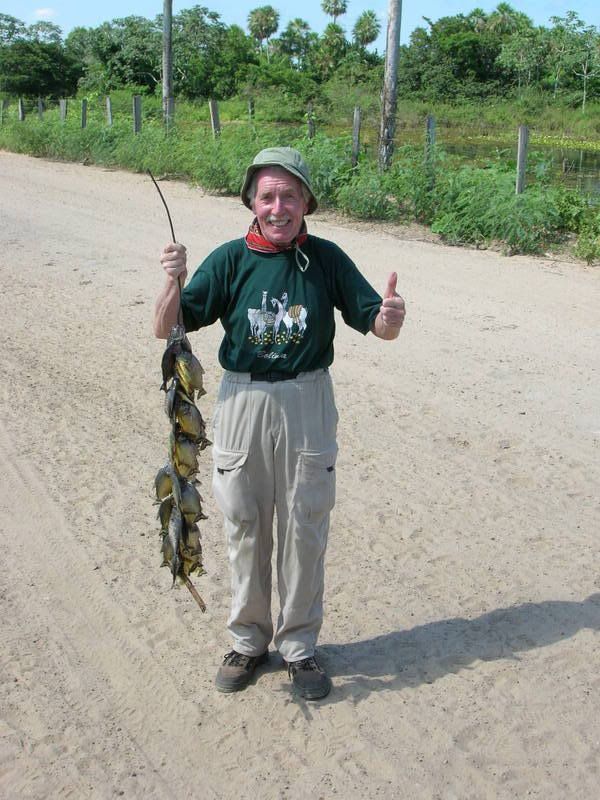
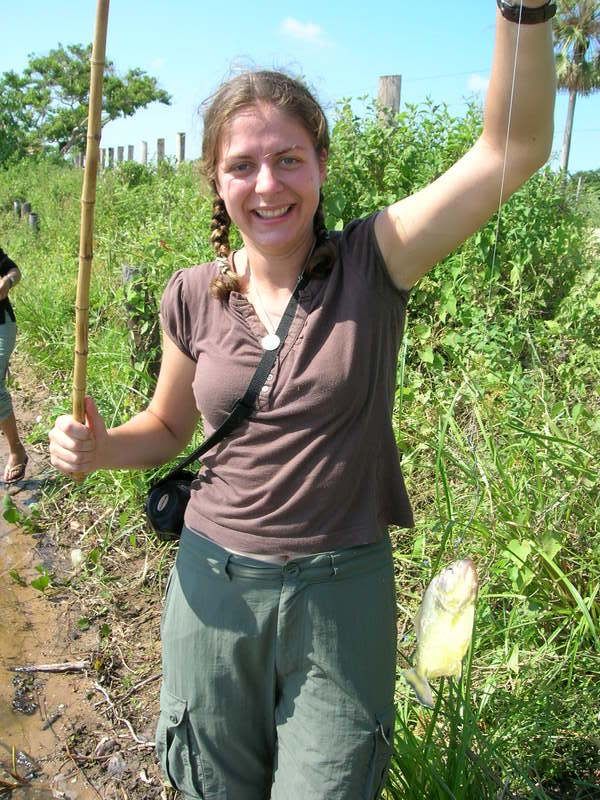 We had a siesta in a hammock, looked at more monkeys, Iguanas, a shy Quati (raccon style animal) and had lunch - I´m beginning to enjoy jungle life!
We had a siesta in a hammock, looked at more monkeys, Iguanas, a shy Quati (raccon style animal) and had lunch - I´m beginning to enjoy jungle life! 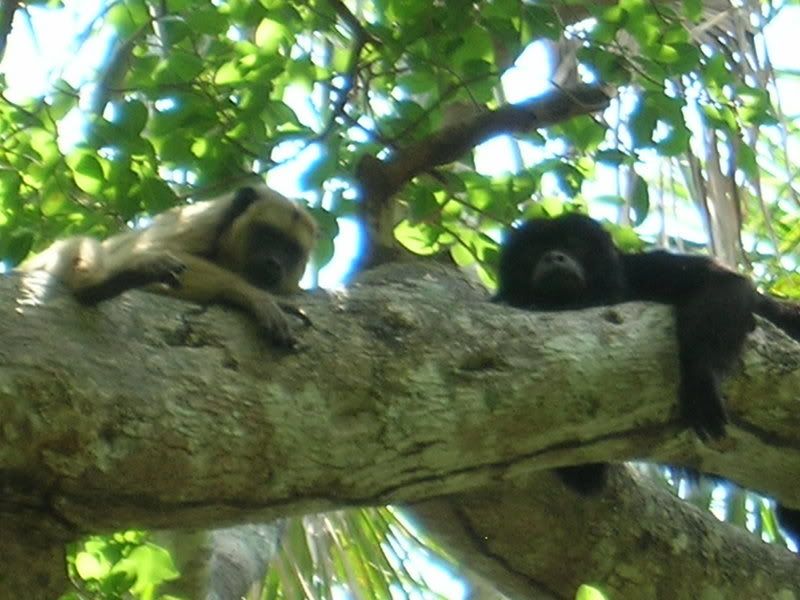
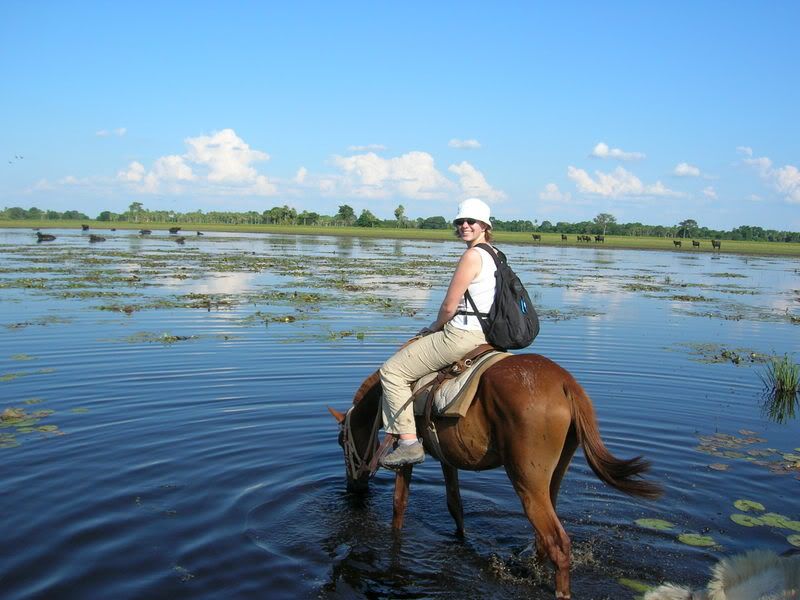
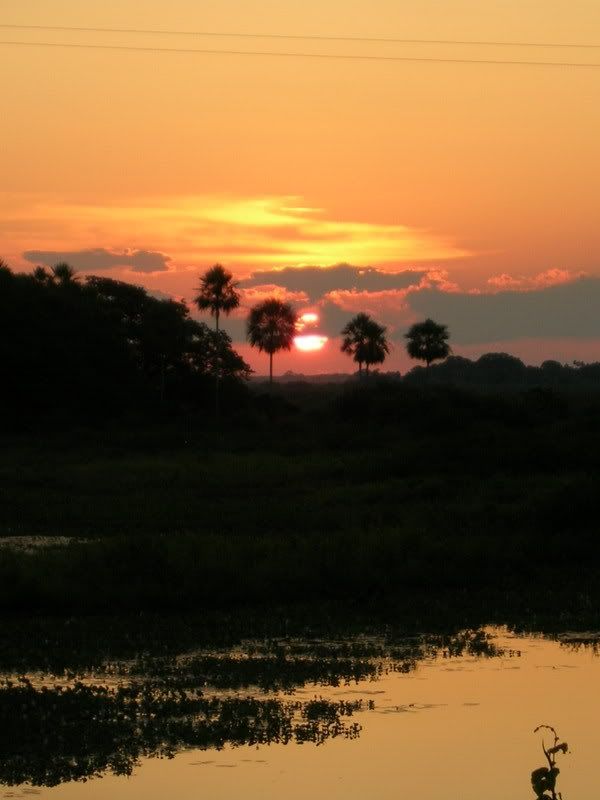
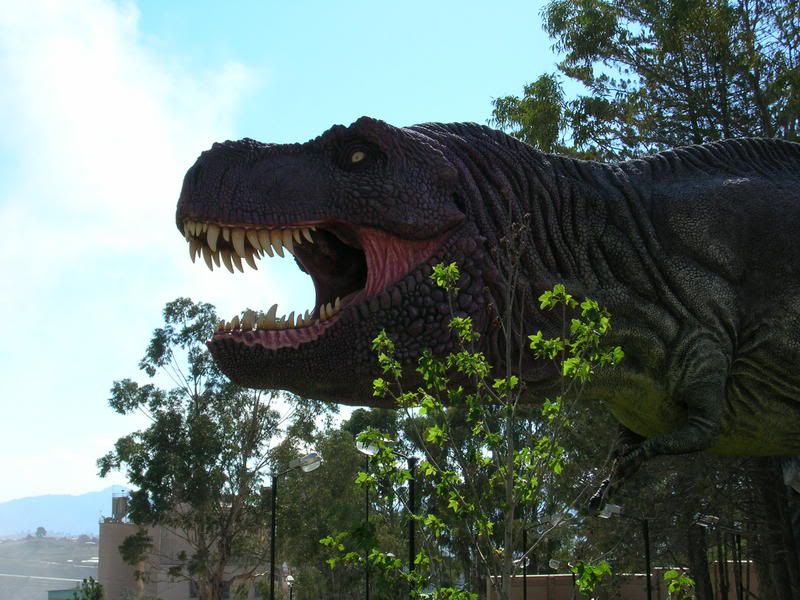
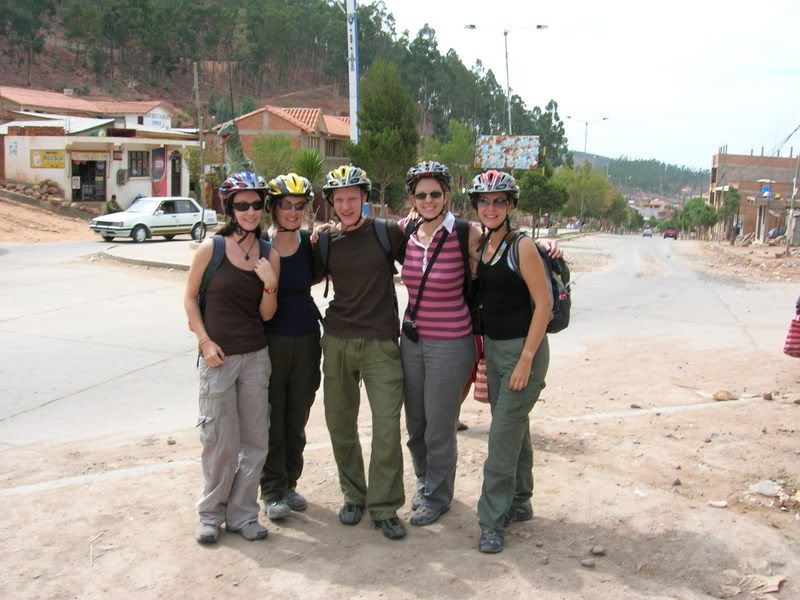
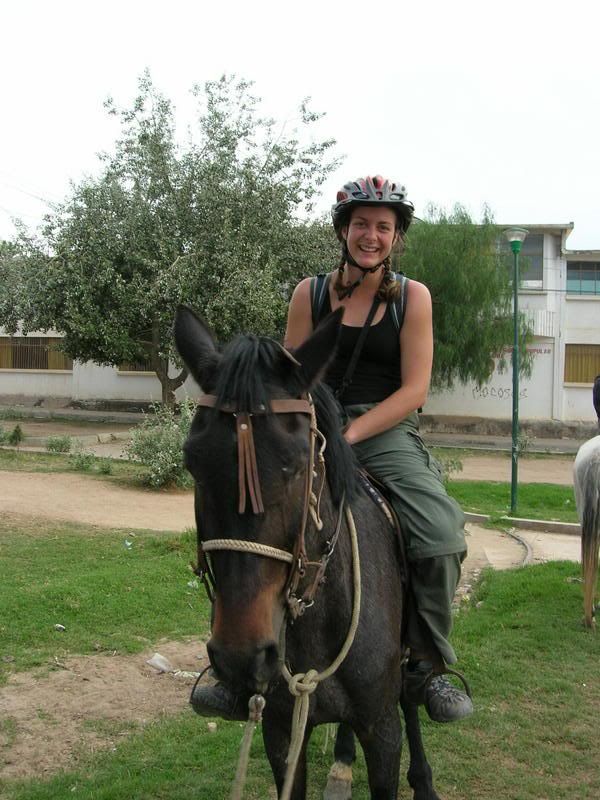
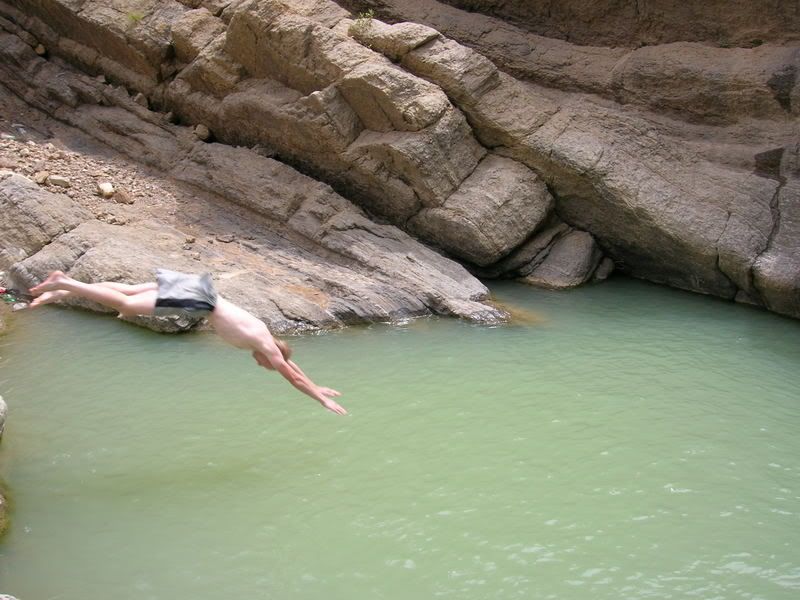 On the way back to town, we passed an area where the farmers were drying their corn. Yvonnes horse took a munch (with a large gasp from the farm hand) and walked slowly on like shaun the sheep munching his hay. Very amusing.
On the way back to town, we passed an area where the farmers were drying their corn. Yvonnes horse took a munch (with a large gasp from the farm hand) and walked slowly on like shaun the sheep munching his hay. Very amusing.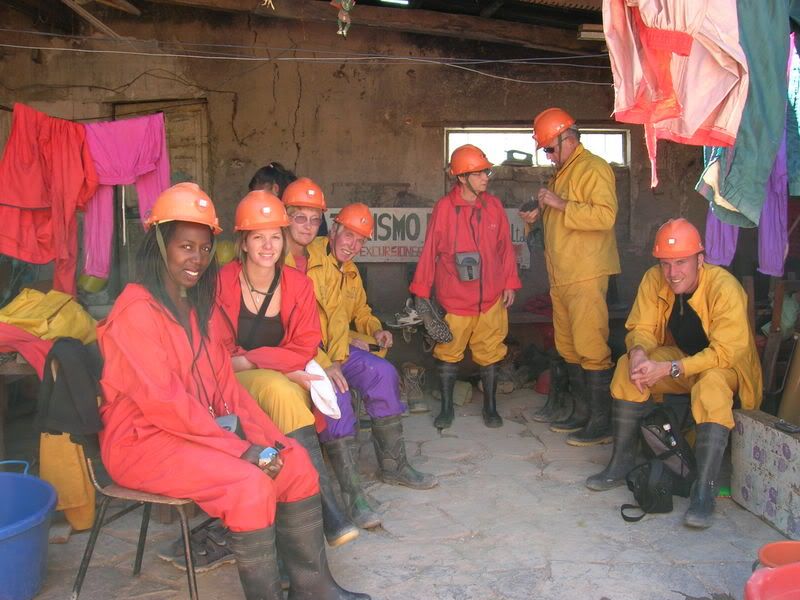 At the base of the hill we stopped to buy the miners presents. For just over one pound we got coca leaves, crackers, dynamite and fuse, and cigarettes made from eucalyptus, coca, tobacco and cinnamon)
At the base of the hill we stopped to buy the miners presents. For just over one pound we got coca leaves, crackers, dynamite and fuse, and cigarettes made from eucalyptus, coca, tobacco and cinnamon)